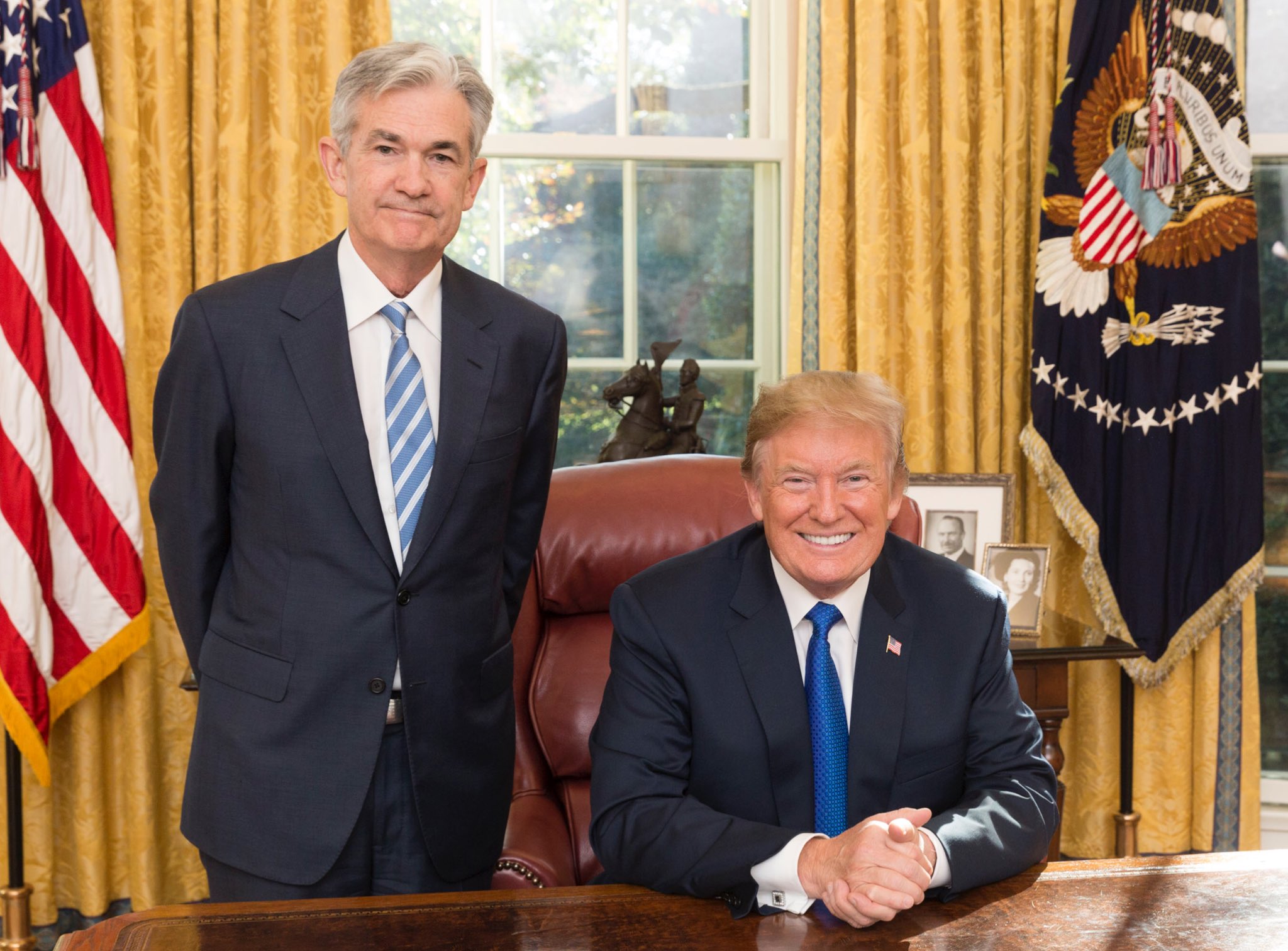The U.S. is facing an escalating challenge with Treasury yields reaching multi-year highs, which has led to a substantial increase in the government's interest payments, potentially impacting the budget significantly. This situation has reignited concerns on Wall Street about the long-term implications of sustained government borrowing, which now requires the U.S. to pay an additional $1.1 trillion in interest over the next decade. Such a surge in interest payments not only puts pressure on the economy but also raises questions about the sustainability of current fiscal policies. Despite the robust economy, which has contributed to record stock levels, the rising cost of servicing debt could potentially slow economic growth and affect financial market stability.
Market Overview:
-Treasury yields have reached levels not seen in years, contributing to higher interest payments.
-The U.S. government's interest costs are projected to surpass defense spending, becoming one of the largest budget expenses.
-Federal debt is expected to grow significantly, with a projected increase from $26 trillion in 2023 to $48 trillion by 2034.
Key Points:
-The Congressional Budget Office estimates an additional $1.1 trillion in interest payments over the next decade.
-Interest payments are on track to become the third-largest government expense, behind only Social Security and Medicare.
-Rising debt levels have long been a concern for economic growth and asset prices, with the current situation bringing these worries to the forefront.
Looking Ahead:
-The sustainability of the U.S. fiscal position is under scrutiny, with concerns over the potential for slowed economic growth and reduced financial market stability.
-Policy solutions to address rising debt levels, such as austerity measures or tax increases, present their own set of challenges and are politically sensitive.
-The long-term impact of sustained government borrowing and rising interest costs will likely continue to be a significant topic of discussion and concern among economists and policymakers.
In conclusion, the U.S. finds itself at a critical juncture as rising Treasury yields contribute to escalating interest payments, pressuring the federal budget and raising concerns about the long-term economic outlook. While the current robust economy has somewhat cushioned the immediate impact, the trajectory of government borrowing and its implications for future fiscal sustainability and economic growth remain key areas of concern.
The decisions made today regarding fiscal policy will have far-reaching effects, underscoring the importance of prudent management and forward-looking strategies to navigate these challenges.




